Maui | Moloka’i | Lana’i
Celebrating our 40th anniversary, my husband and I did a three-island tour of the Hawaiian islands. We’d been to Oahu ten years prior, Maui, Kauai, and the Big Island fourteen years ago, but we’d yet to visit Moloka’i or Lana’i.
While expecting temperatures to be in the 80s or 90s, on our last day in Lahaina, Maui, the thermometer hit 104 degrees with 90% humidity. Not the most comfortable temps, but we managed it. With me being menopausal, the hot flashes were horrid. I resolved to eliminate wearing makeup since I’d be sweating it off in five minutes anyway. My fake tan and false eyelashes had to suffice.
Maui
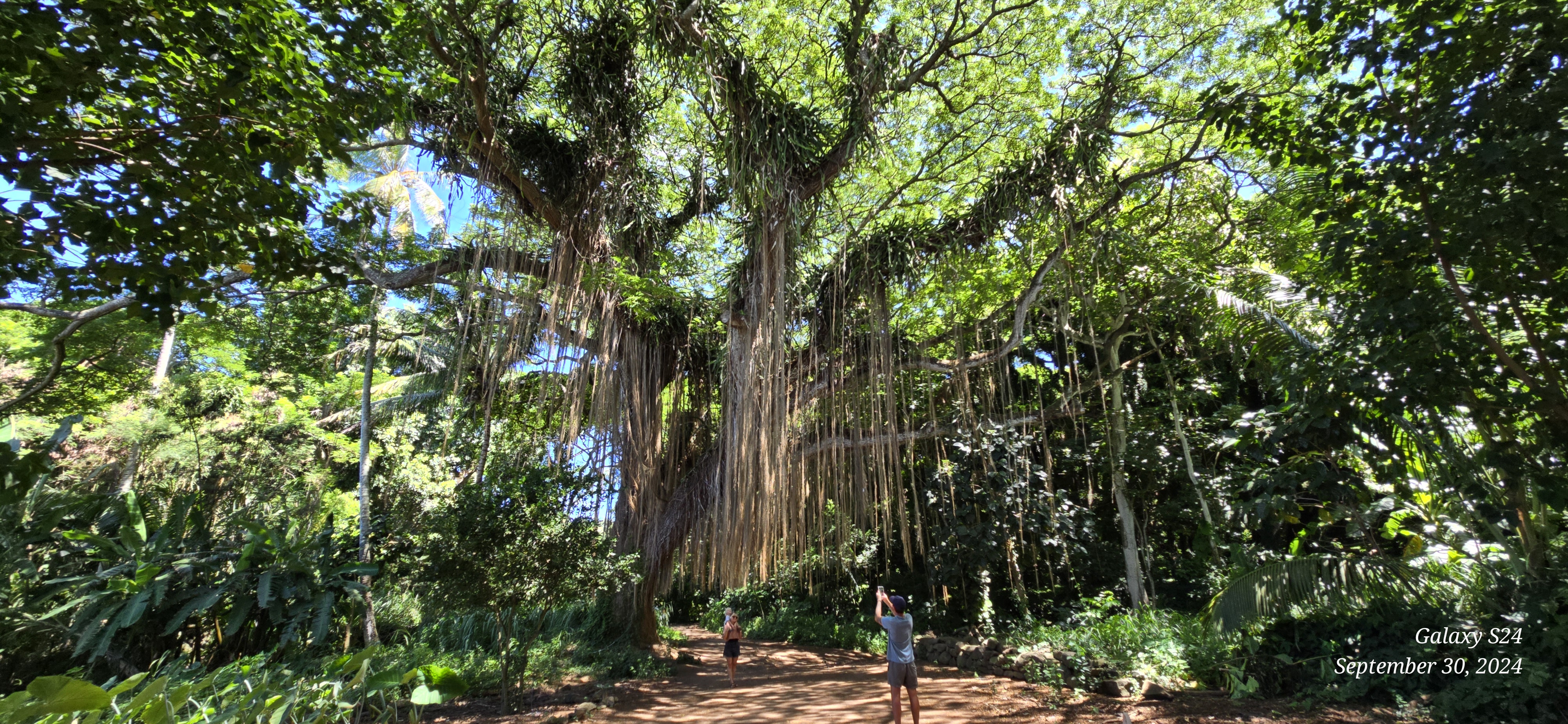
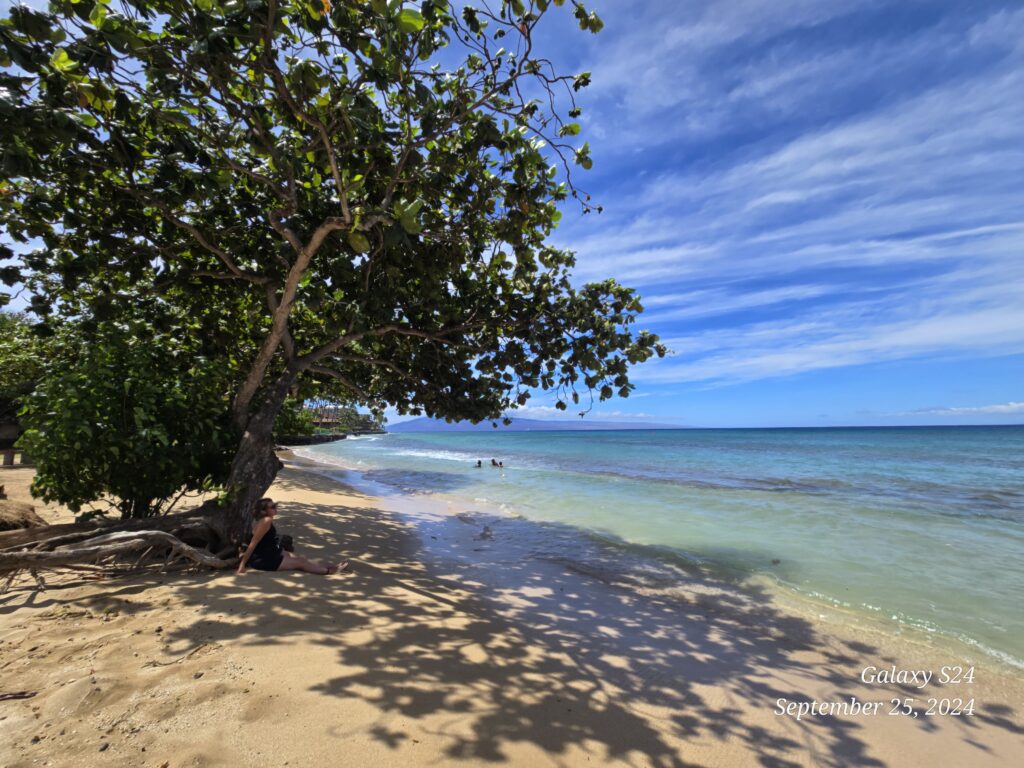
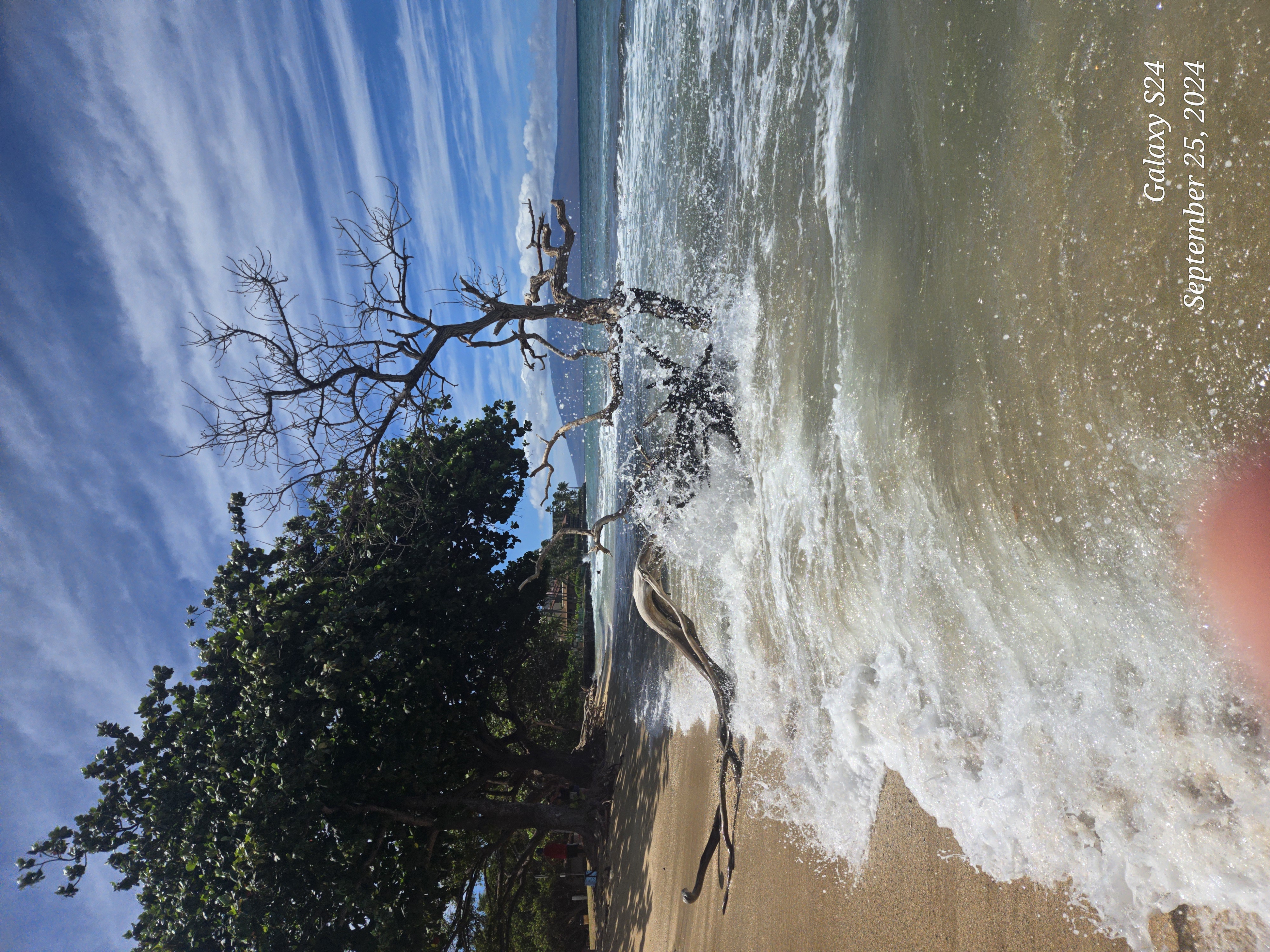
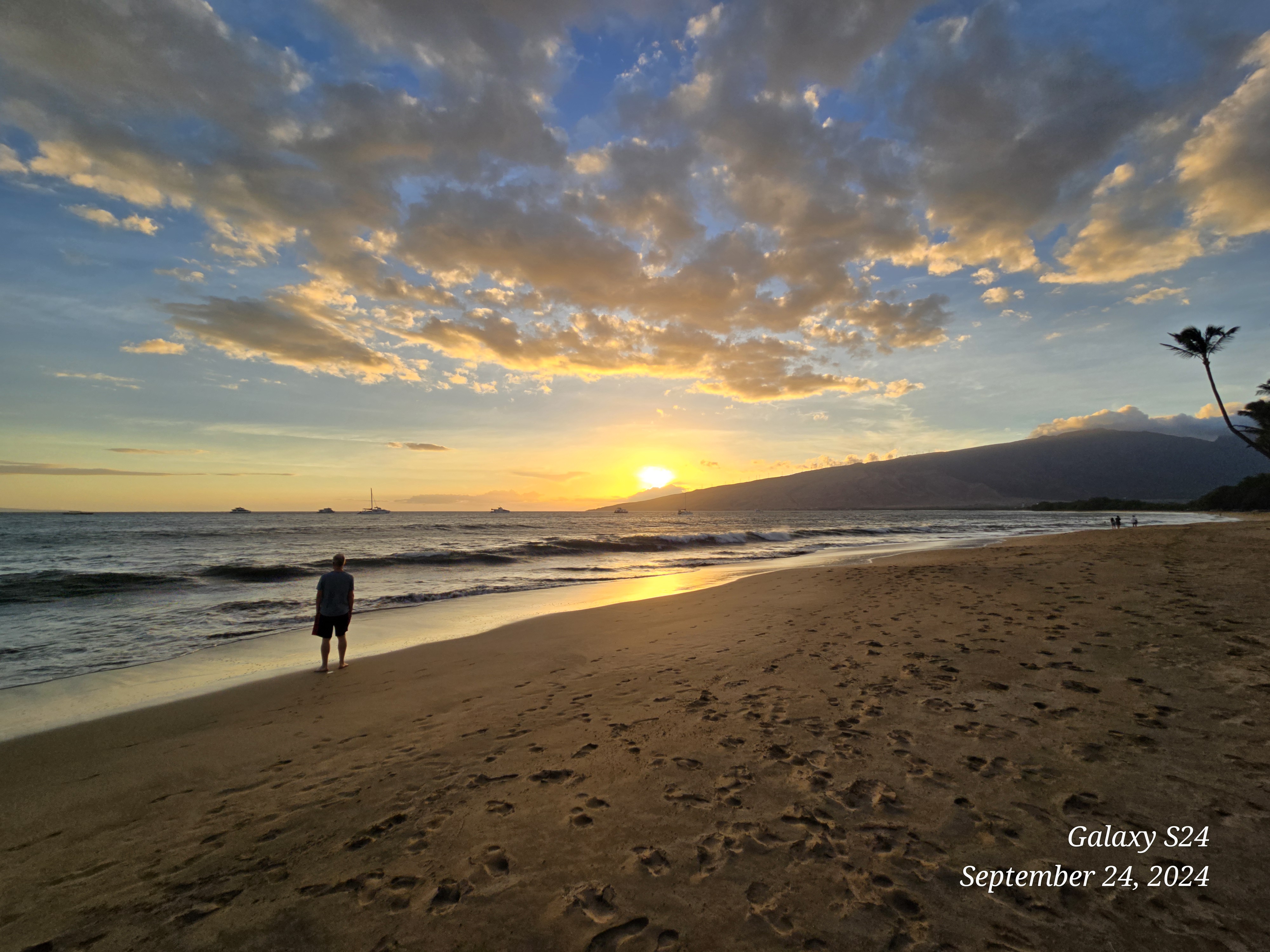
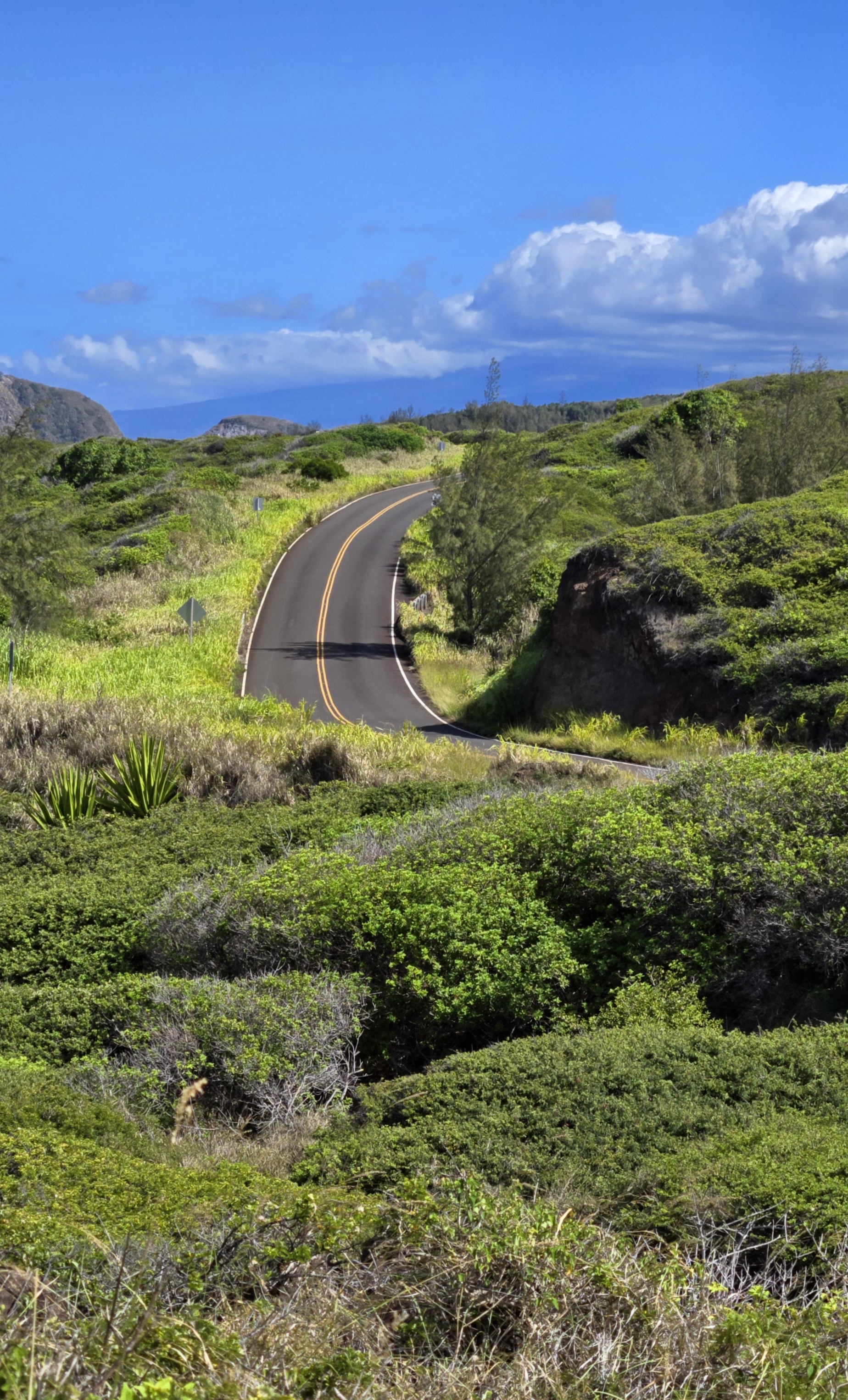
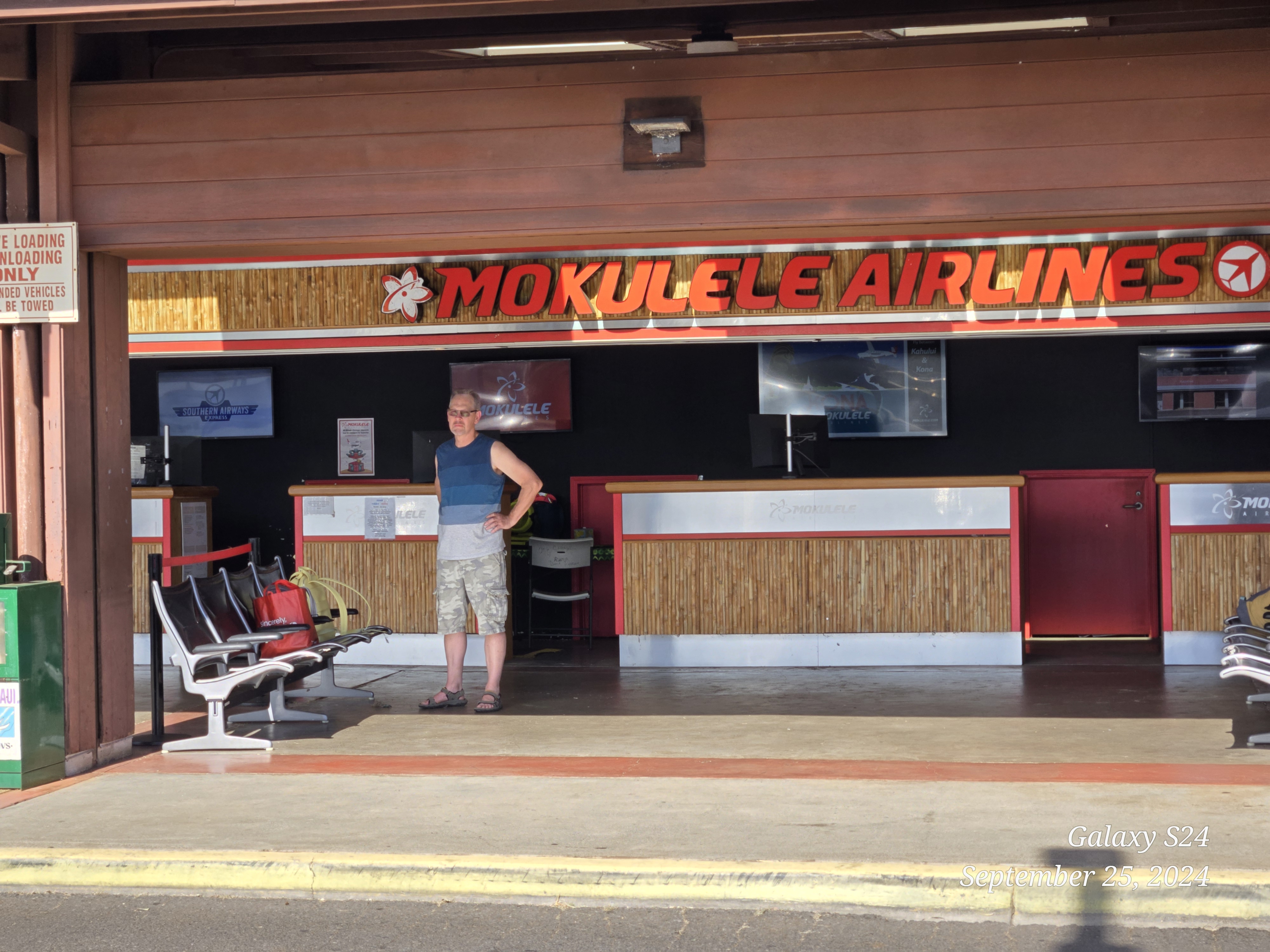
Our pivot point between our visits to Moloka’i & Lana’i was Maui. We stayed in Kihei for three nights, then took a flight via Mokulele Air to Moloka’i. The winds were high and gusty as we took off in a 12-seater plane, but it was worth the sketchy take-off and landing to see Moloka’i from the air.
Since you cannot fly or ferry your way to Lana’i from Moloka’i, your only option is to fly back to Maui and take the ferry from Kihei to Lana’i. Had I known that the ferry from Lahaina to Moloka’i had stopped services due to the fire in Lahaina (their website is still live which caused confusion) before booking our trip I’d have planned for us to visit Lana’i first, then have flown to Moloka’i from Lana’i saving us a lot of travel time and frustration. Planning is key with a three-island trip packed into eleven days, and I messed that up royally.
Maui is the perfect Hawaiian island. I say this to everyone because it has everything you could want from Hawaii. There are four different ecosystems, a stunning volcano, city life, country life, desert landscapes, and some of the most interesting roads to drive to keep your heart racing.
Many people are familiar with the twists and turns of the Road to Hana, but we found one that makes the Road to Hana look like a cakewalk. We headed West from Lahaina on Route 30 and once we reached Honokohau Bay the State Highway ended. Continuing, we travelled a seventeen-mile long, cliff-hugging one-lane wide winding road with at least fifty blind corners before reaching Waihe’e where the State Highway begins again. We stopped at a small viewpoint halfway through and I swear I had sea legs when I got out of the car. Traditionally, drivers honk their horns as they approach a blind turn, but the tiny remote villages dotted along the route have posted signs asking drivers not to honk as it is disruptive to their quiet hamlets.
This trip was our second in Maui, thus we’d seen most of what it has to offer previously. But you could spend days travelling around, hiking, cycling, and checking out the many stunning beaches. Since I’m a photographer who loves to shoot big waves and surfers, we tried to find the Jaws surfing beach since we were in the area. Well, it turns out that it is another one-lane wide, dirt road through a quiet neighbourhood that we didn’t think our rental car could handle. Hahana Road is just outside of Haiku and is not a “public” beach access in the traditional sense. This explains why surfers in the Jaws competition are towed there by jetski. There are viewpoints for spectators along the road to Hana, but public access to Pe’ahi isn’t ideal. Not to mention that “Jaws” isn’t a predictable event (November through March), and waves of that magnitude may only appear twice in a six-month span.
Moloka’i
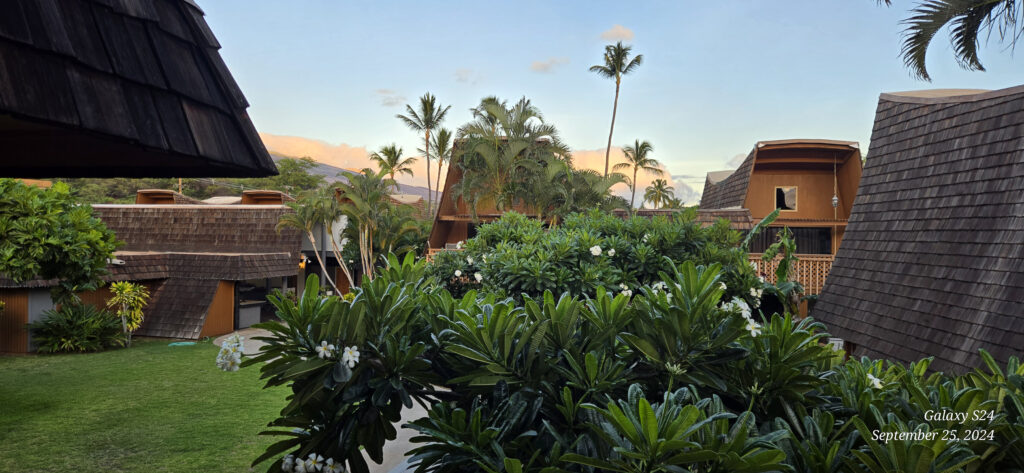
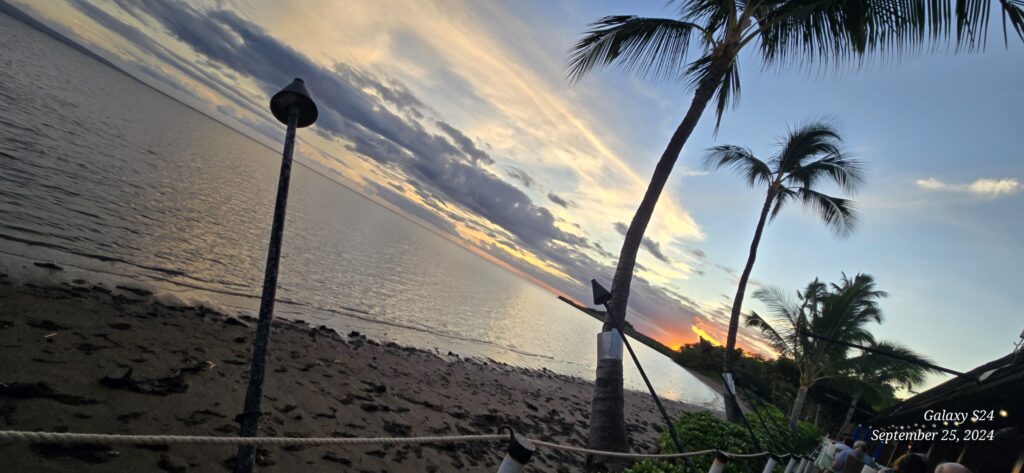
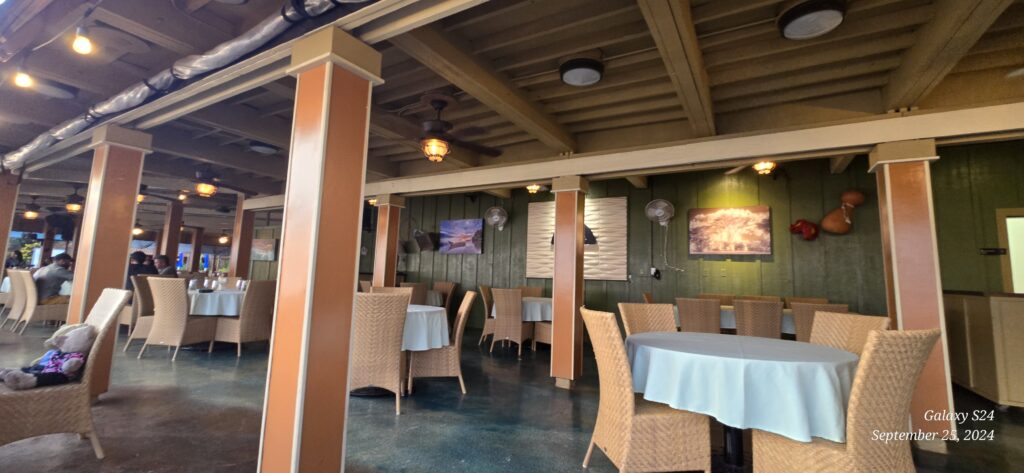
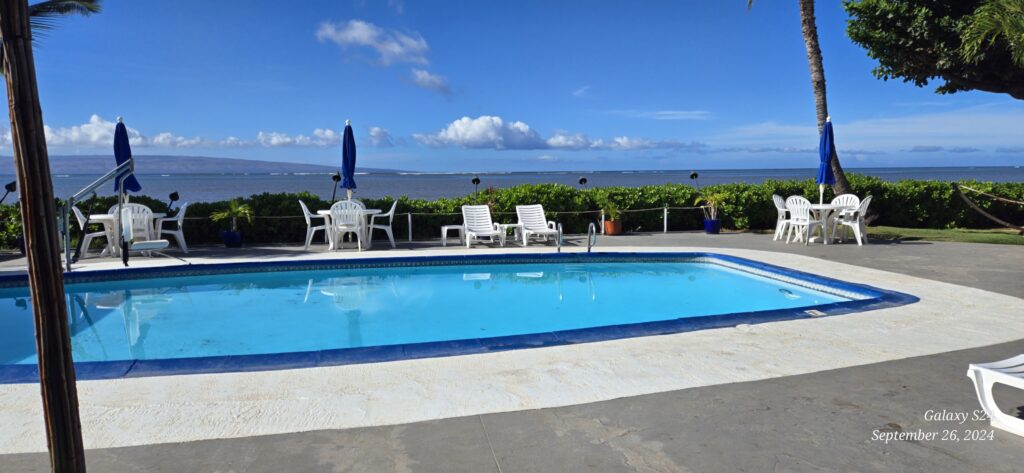
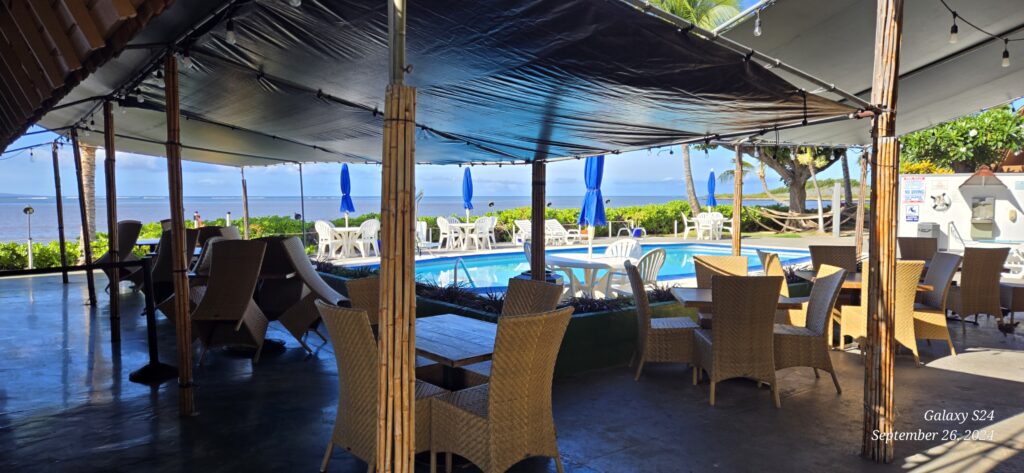
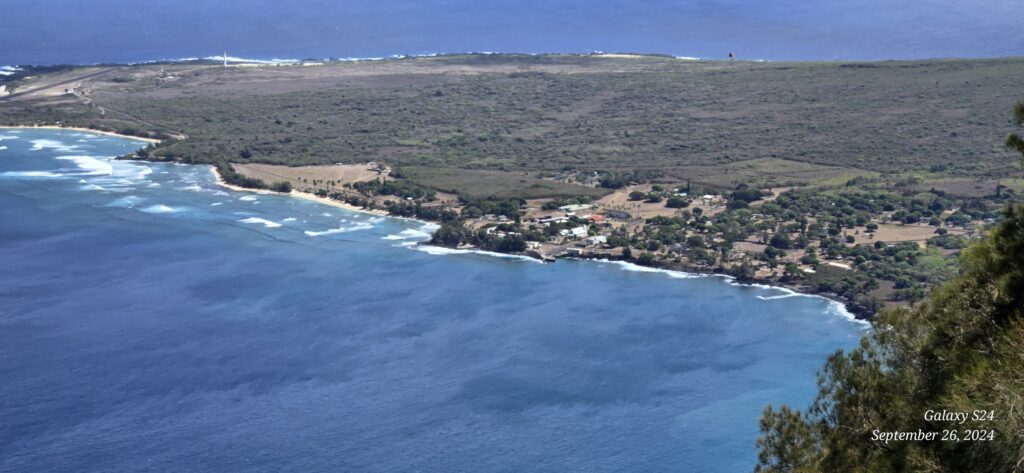
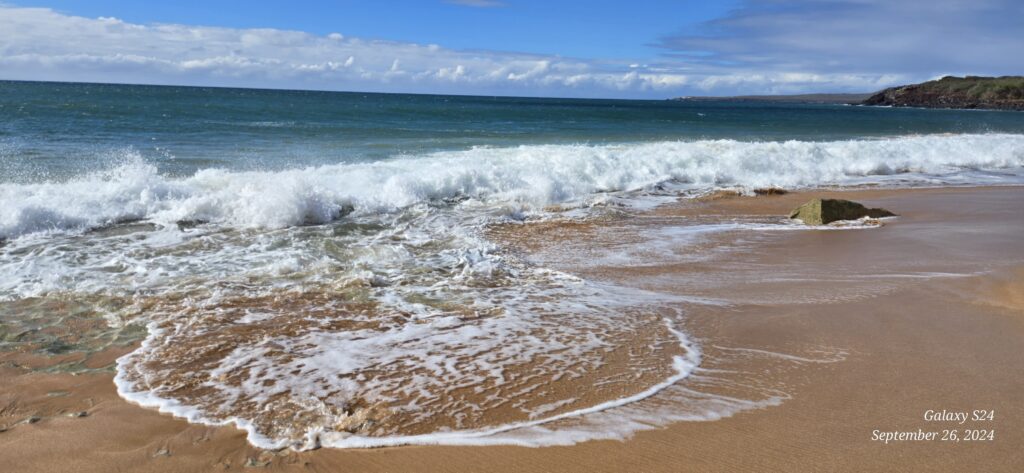
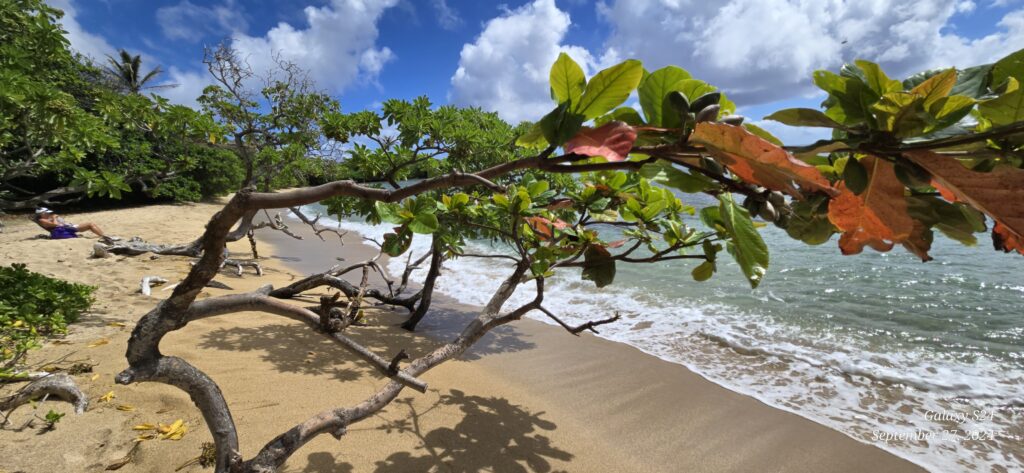
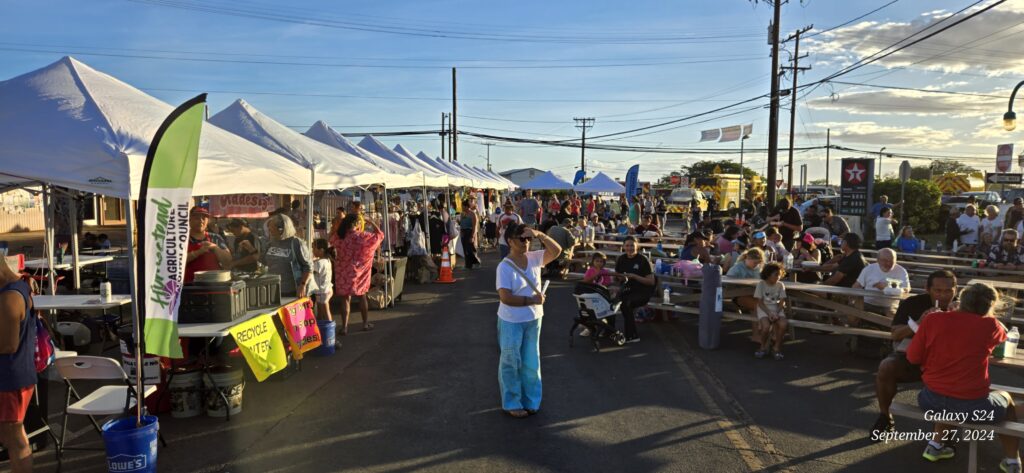
Key takeaways: Friendly people * Community oriented * Relaxed vibe * Modest * Great for adventurers, naturalists, and hunters * Expensive * Fly in only via Mokulele Airlines
There is a sign as you exit the airport that reads, “Slow down, you’re in Molokaʻi.” The second thing we noticed is that the island of Moloka’i is not set up to accommodate tourists in the same manner other more frequented islands are. There is one hotel, two gas stations, and only a handful of shops and grocery stores. Hotel Moloka’i, which is at best 3 out of 5 stars for their rooms should not be discounted for the landscape, the people, and the restaurant. Since there are only a handful of places to eat downtown, we opted to upgrade to a room with a kitchenette. Previously, we’d been told the hotel restaurant served breakfast, lunch and dinner, but the breakfast and lunch options have since been removed, which was disappointing. Sadly the beach was not attractive – muddy coloured waves and riddled in black sea kelp – and there was no access to the beach from the hotel property. If you did want to stroll the narrow shore you would have to cross over the private property next door. We felt a bit cheated by this discovery as the hotel website shows pictures of a beach you can’t use.
As I mentioned, the rooms are basic. This hotel is older (1970s), and her age shows in every corner of the suites. Our room had a large deck, but the sliding door did not lock. The screen door had a slide lock, but that door came off the track every time we opened it. The bathtub had been painted over rather than replaced when it got rusty, and the flooring was well past its prime, as were the cabinets, stove, sink, and furniture. There are no safes in the rooms to secure your passports or other valuables. The bed was still in good shape – a blessing for us old people with bad backs and stiff joints, and the air conditioner worked brilliantly to keep us cool at night, thankfully.
Since we no longer snorkel, kayak, or do boat tours due to my husband’s back issues, we explored every corner of Moloka’i in a rental car or by hiking local trails. You can rent a vehicle through Alamo (book well in advance) or from a small adventure business operating from the lobby of the hotel. There are several beautiful beaches, narrow, twisty roads, epic views, and interesting places to stop. The best beach – visually, and because of its swimability – is 20 Mile Beach, found at the 20-mile marker along the highway. I would avoid trying to swim at the other beaches as the waves and currents are strong, and none of the beaches on Moloka’i have lifeguard services. At this time of year, Moloka’i is quite arid. The lush vegetation most travellers would have expected is limited to the mountains and her massive sea cliffs (the tallest in the world). Creekbeds and open ranchland were bone dry and barren looking – not the Moloka’i you’d expect to see. As we approached the airport, the earth below looked like a drought striken area in Africa, not a tropical island.
The brilliant thing about Moloka’i is that they are a community which supports each other. Molokai shut down tourism during the pandemic, as did Lana’i. So there was no surprise that there was much excitement on the 29th of September for the long-awaited return of the Molokai-to-Oahu Na Wahine O Ke Kai paddling race. Due to Covid, and the fires in Lahaina in 2023, the annual race had been held off since 2019. The entire island showed up to support the Molokai team and wished we’d been there to witness it, but our flight back to Maui was scheduled for the same day. However, on the Friday night prior, there was a street festival downtown with art vendors, food, and speeches about the upcoming race. Community is huge on Molokai, as it should be everywhere.
Although we were glad to have seen Moloka’i – the real Hawaii as they say – we won’t return. This is a great island for surfers, backpackers, adventurers, naturalists, and hunters. If either of those words describes you, you should visit Moloka’i. It has much to offer the right visitor, but if you are a city slicker, you’ll need to lower your expectations to get the most out of this unique, laid-back paradise.
Lana’i:
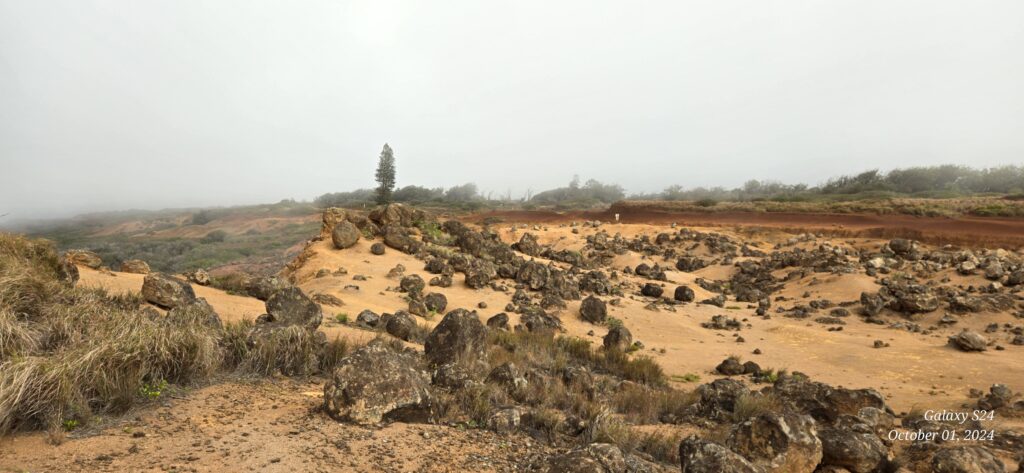
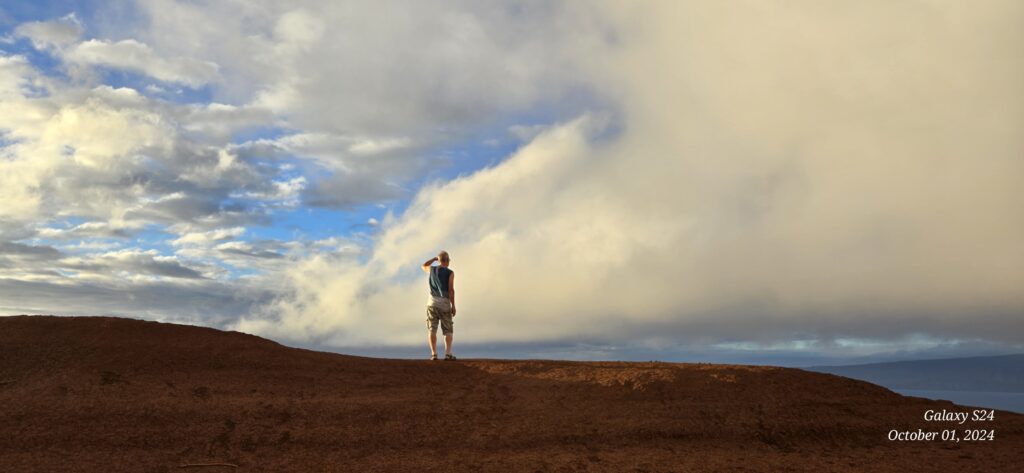
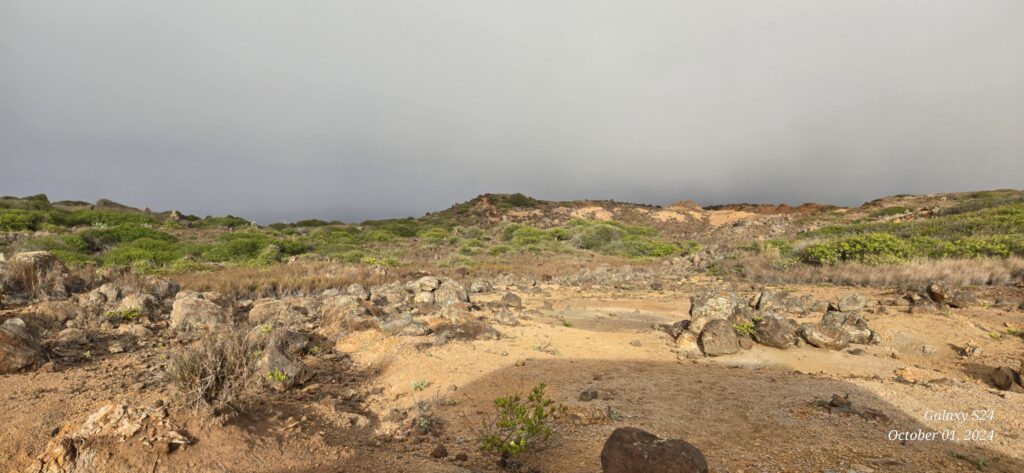
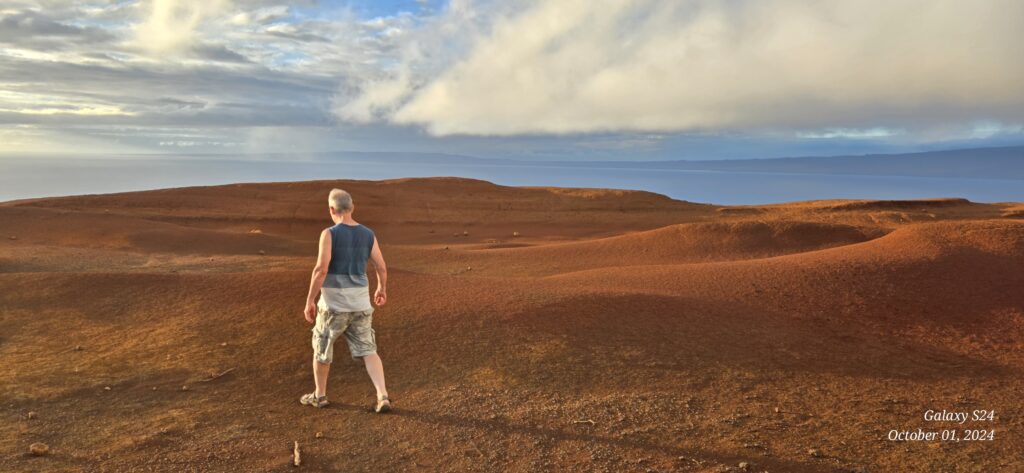
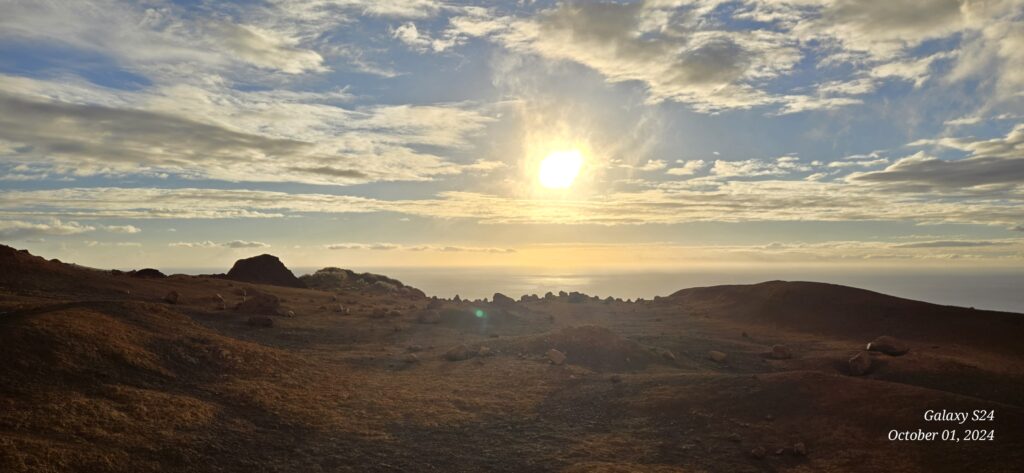
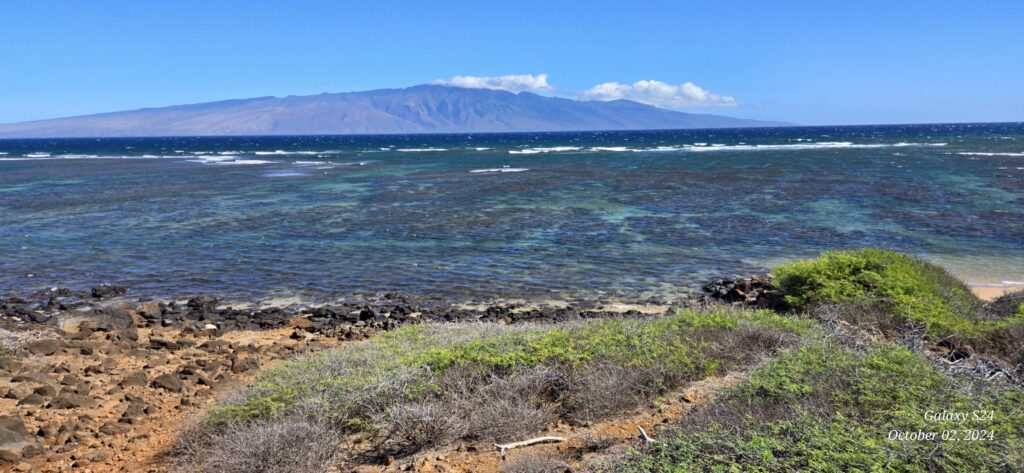
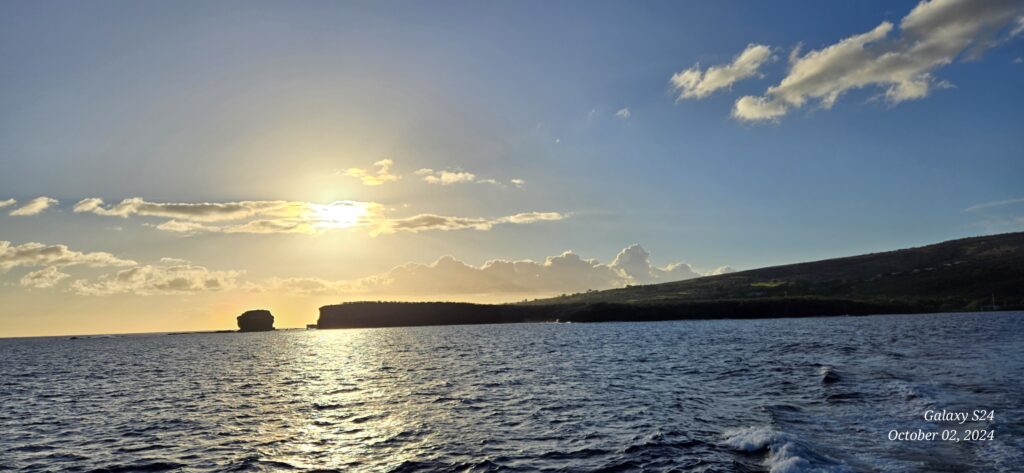
Key takeaways: Friendly people * Community oriented * Relaxed vibe * Modest * Great for adventurers, naturalists, and hunters * Expensive * Fly in or take the ferry from Kihei, Maui
Plan B. That was what Lana’i had to choose when James Dole moved its pineapple operations off Lana’i. After three sales of the island to various private investors, it has come into its own as an interesting destination for both the everyday traveller, and the ultra-rich.
There are three hotels in Lana’i – two Four Seasons resorts, and and the original Hotel Lana’i in the center of Lana’i City. We checked the pricing of the Four Seasons options – The Sensei is $1,300+ per night, but you must book two nights or more, and the waterfront property is $1,800+ per night. A little too rich for my wallet, but both properties are spectacular in their own right.
For a small island, it packs a good punch if you are willing to take the road less travelled. Rent a Jeep, drive those red dirt roads and see where they take you. Sit in Dole Park among the towering Cook Pines with your takeaway lunch from Ganotisiʻs Pacific Rim Cuisine, check out the two Four Seasons hotels, and historic Hotel Lana’i, visit the gallery, the Cat Sanctuaray, or swim at the Manele beach. Visit the Garden of the Gods – a surreal Mars-like landscape, and Shipwreck Beach (both Jeep required). We managed to do all of this in a day and a half, so if your wallet is busting at the seams and you can afford the luxury of one of the hotels or a VRBO rental, I recommend you do it. However, many people come to Lana’i by ferry for day trips, specifically to swim at Manele Beach or visit the Cat Sanctuary. Just know before you go that you will need to rent a car.
The following passages from two different websites will give you an insight into a then & now of the island’s ownership history:
“James Dole purchased the island of Lana’i in 1922. It became the largest plantation in the world with over 20,000 acres (80 km²) devoted exclusively to growing pineapple. Utilizing large mechanized production and importing large numbers of foreign workers which were paid at indentured servitude levels, Dole managed to reduce the price of his pineapples to such a level that it drove every other producer out of the business throughout the 20th century, Lanaʻi produced over seventy-five percent of the world’s pineapple crop, thereby dominating the market. [source: http://www.hawaiiforvisitors.com/islands/lanai-island/about/james-dole.htm]
Currently, the island of Lana’i is privately owned by tech giant Larry Ellison. “Larry Ellison, the co-founder of Oracle and the world’s 11th-richest person, bought 98 percent of Lanai in 2012 for $300 million, Bloomberg reported. The purchase of the 90,000-acre island came with the two Four Seasons resorts that provide jobs and homes for most of the island’s population, making Ellison a landlord or boss for most residents – and both for some.” [source: https://therealdeal.com/new-york/2022/06/12/billionaire-ellison-turning-hawaiis-lanai-into-playground-for-the-rich/]
One Comment
A WordPress Commenter
Hi, this is a comment.
To get started with moderating, editing, and deleting comments, please visit the Comments screen in the dashboard.
Commenter avatars come from Gravatar.